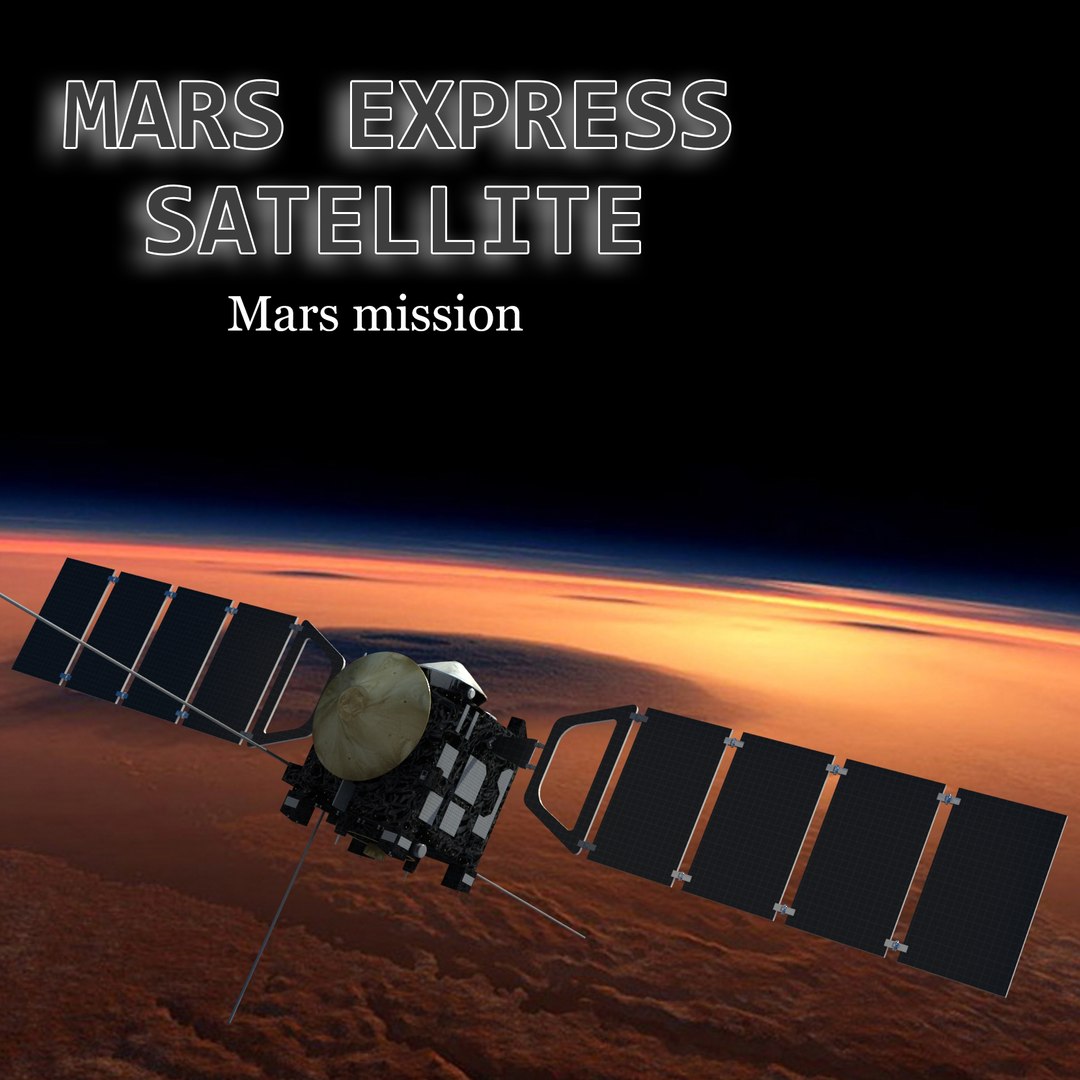
Spacecraft design The lessons learnt from the Mars Express mission
Download scientific diagram | Spacecraft design The lessons learnt from the Mars Express mission, with its Beagle Lander, indicated that a landing mission without an active propulsion system has a high degree of risk in losing the mission. This seems to be the case for the Beagle descent mission. Based on this assumption, ESA decided to investigate two landing philosophies, thus: 1. Solid rocket motor braking manoeuvre, supported by a liquid propulsion system with capsuled airbag solution 2. Soft landing with liquid propulsion and a lower floor airbag damping system. from publication: Propulsion Technologies -Present Status and Future Needs for Exploration | Propulsion is an indispensable element for all future space challenges. European concentration in the last 30 years in this sector was focused mainly on launcher and satellite propulsion applications. Now, Europe's future view for exploration on the Moon and Mars missions | Propulsion, Europe and Robotics | ResearchGate, the professional network for scientists.
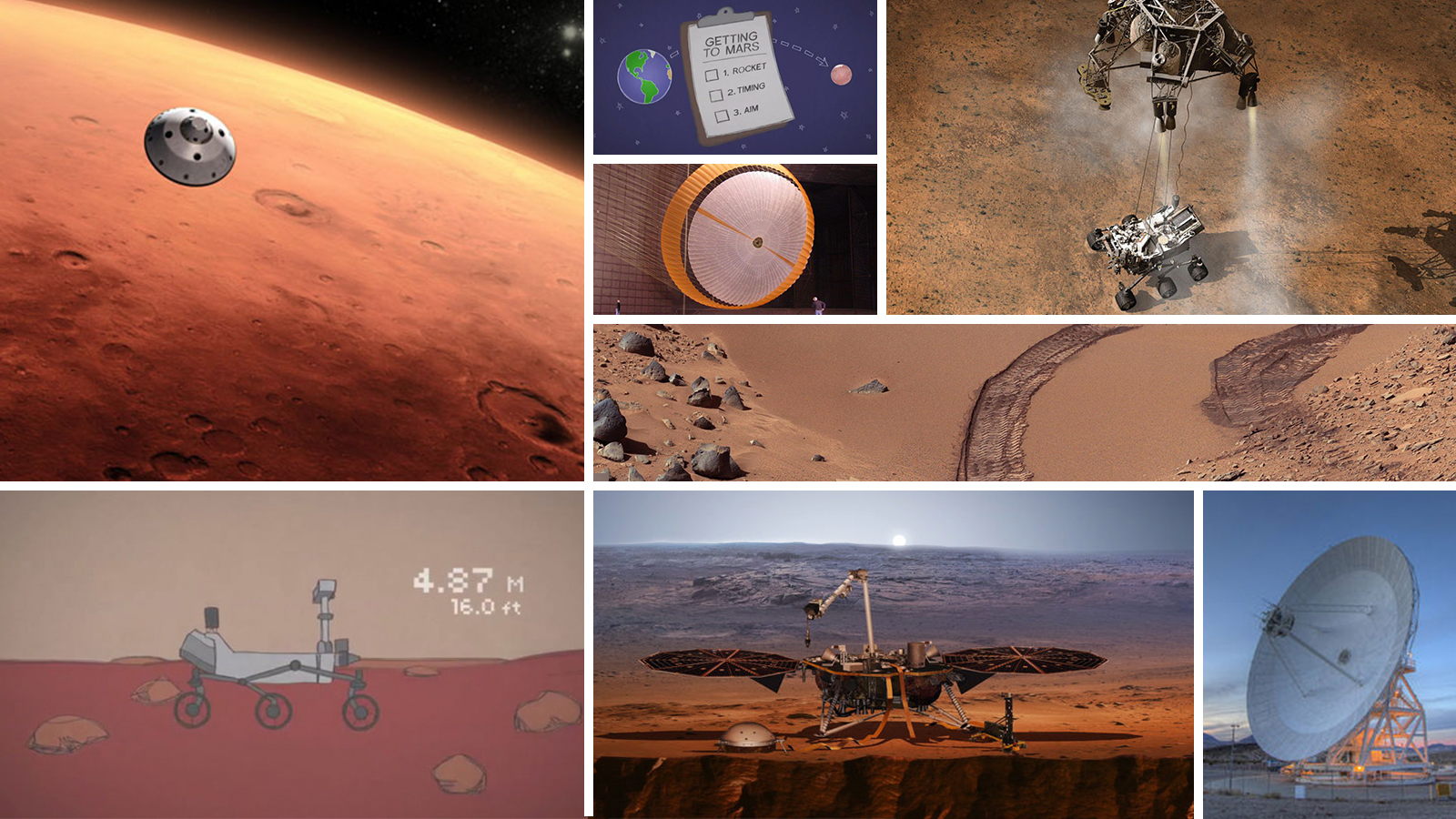
Educator Guide: Mission to Mars Unit
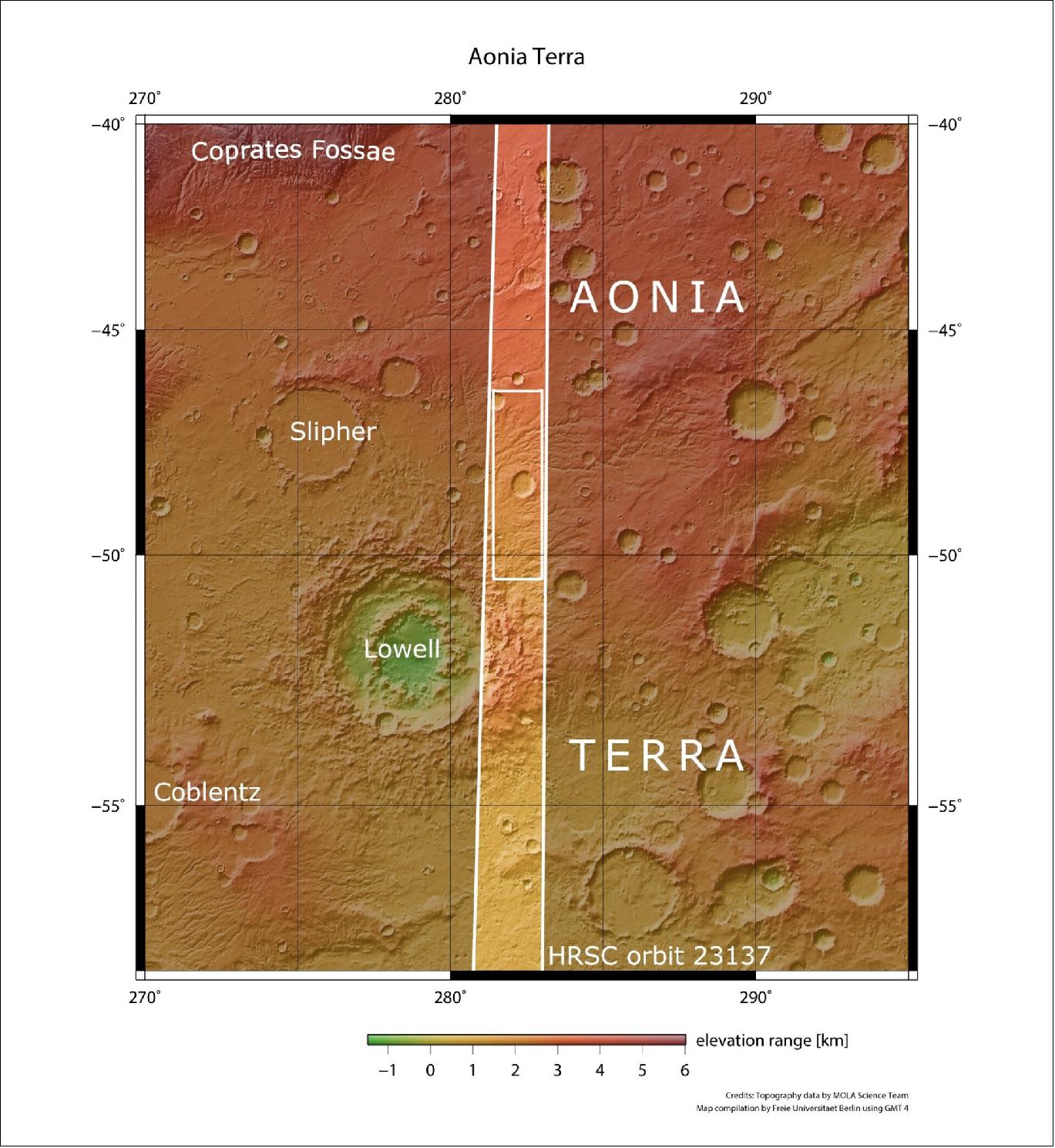
Mars Express - eoPortal
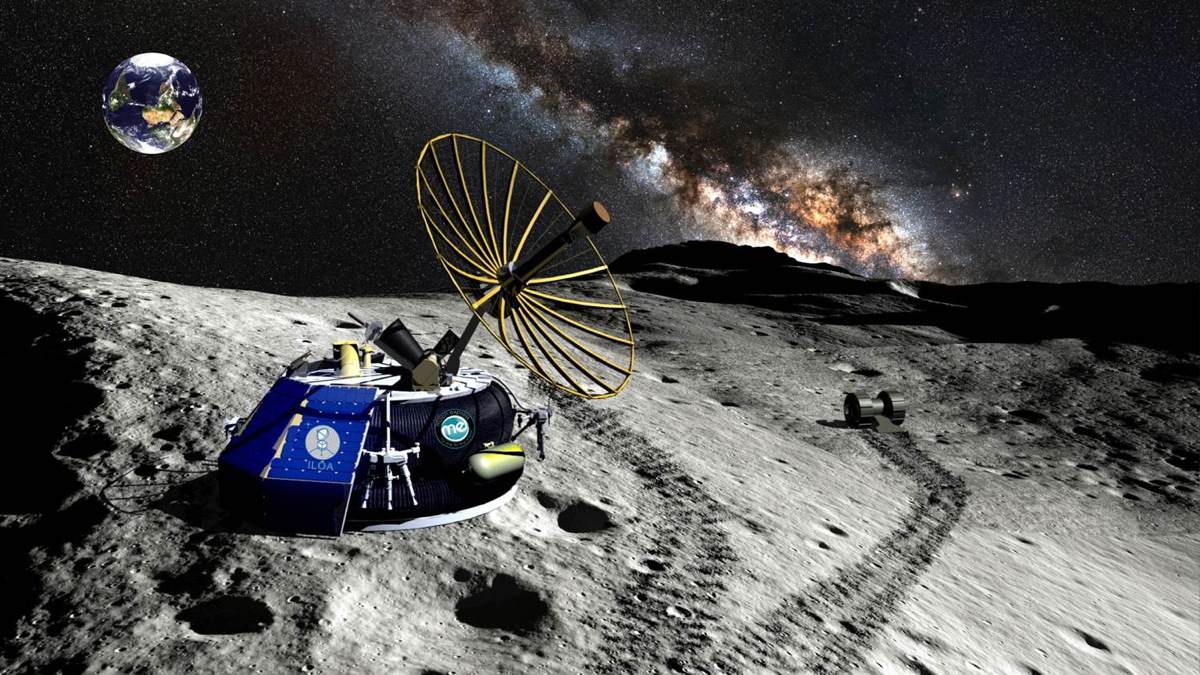
XPRIZE Gives Moon Express a GO for 2017 Launch to Land First

Mars Express spacecraft: design and development solutions for

NASA's InSight Mission Has Touched Down on Mars to Study the Red

How NASA Is Adapting to Busier and Noisier Communications With
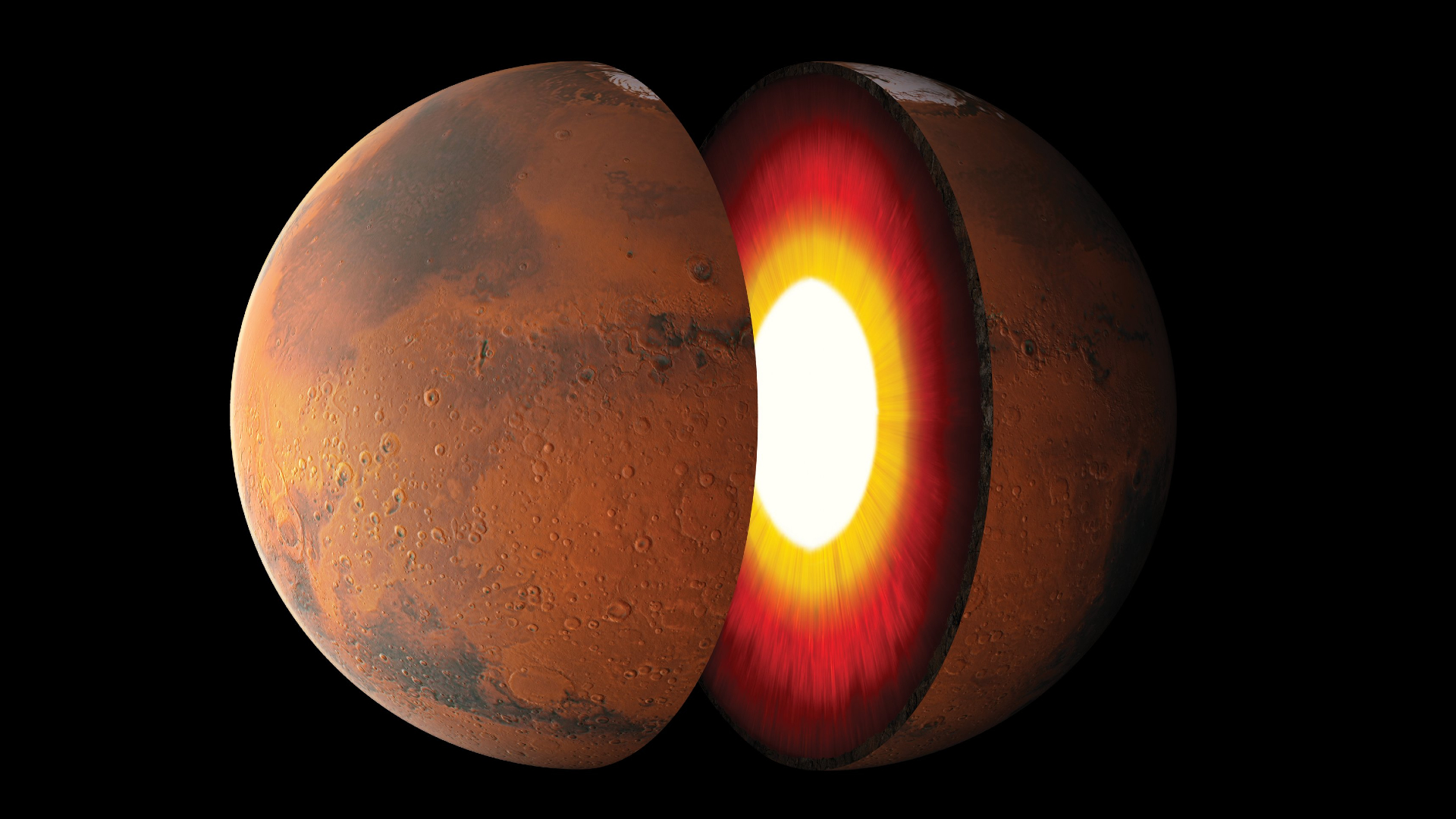
Mars: Everything you need to know about the Red Planet
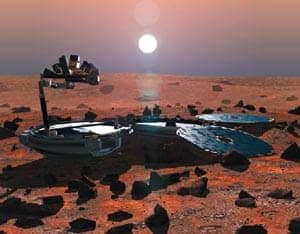
Lessons from Beagle – Physics World

Made for mission life of 6 months, India's Mars probe completes 7
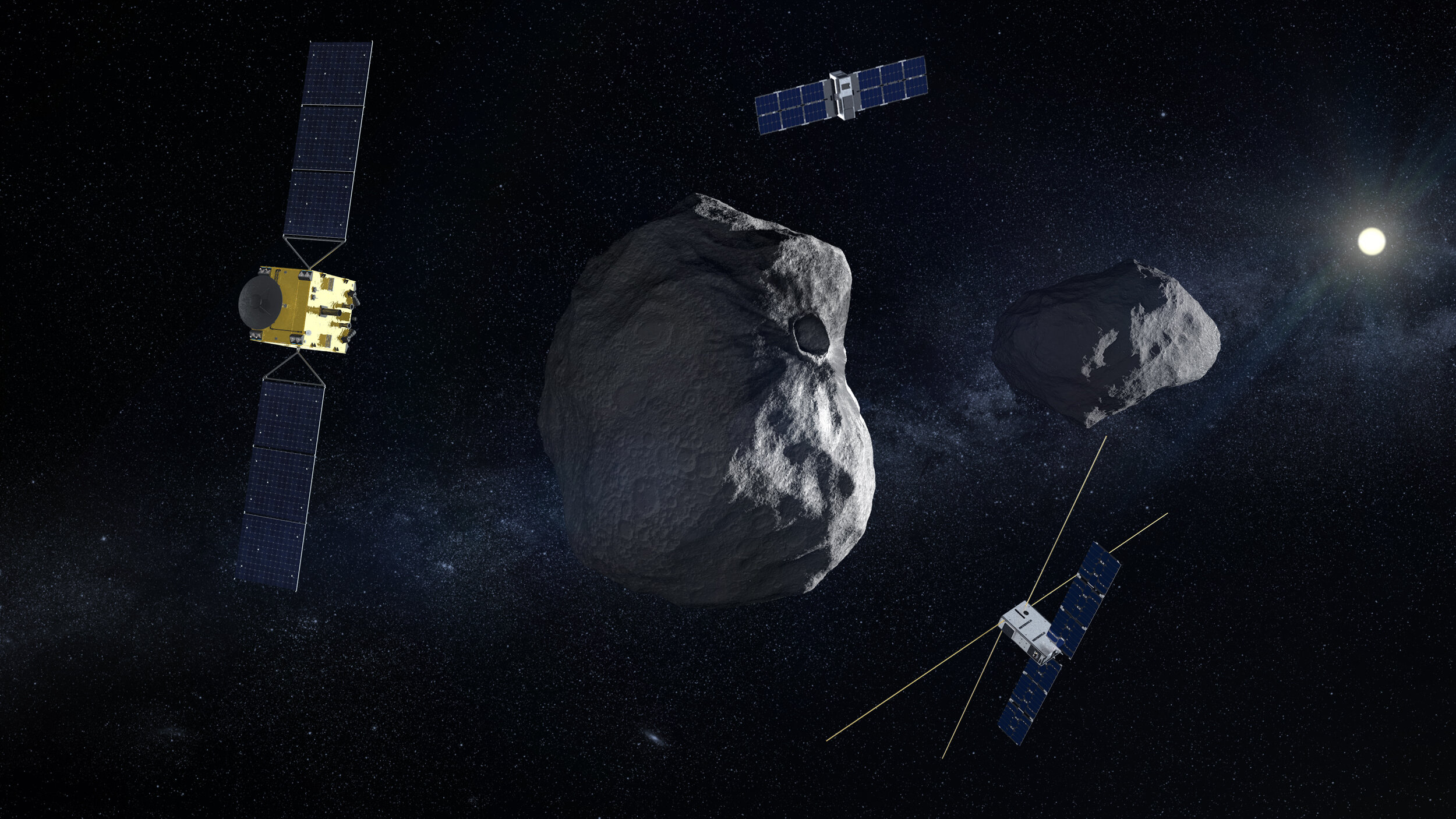
Lessons learned from a simulated asteroid strike



